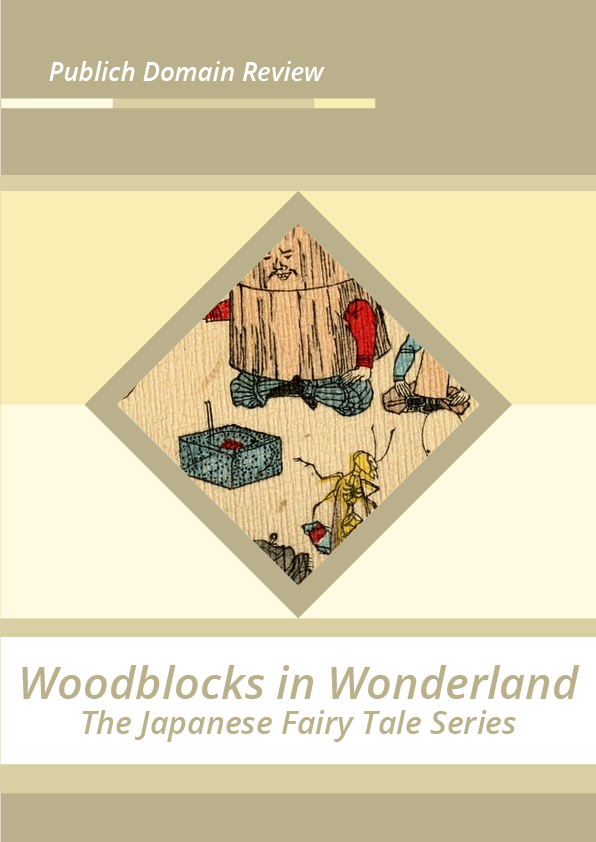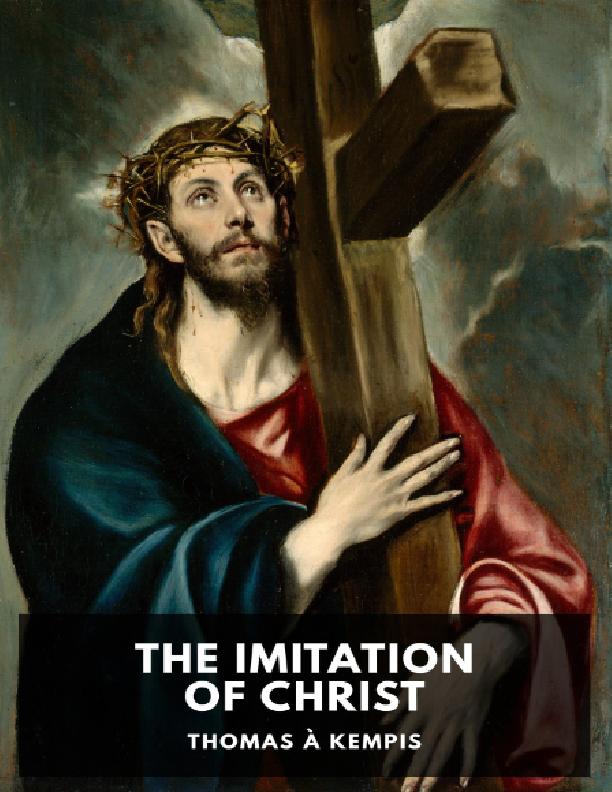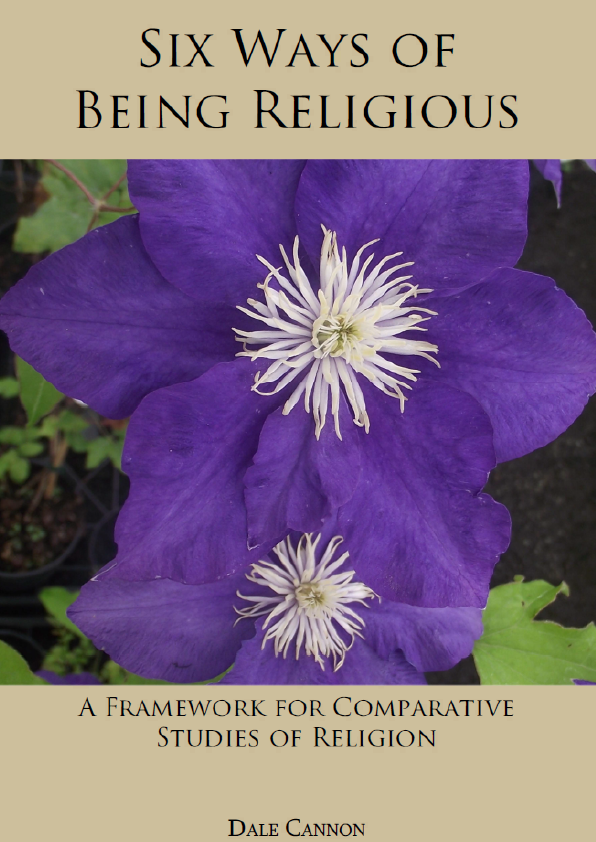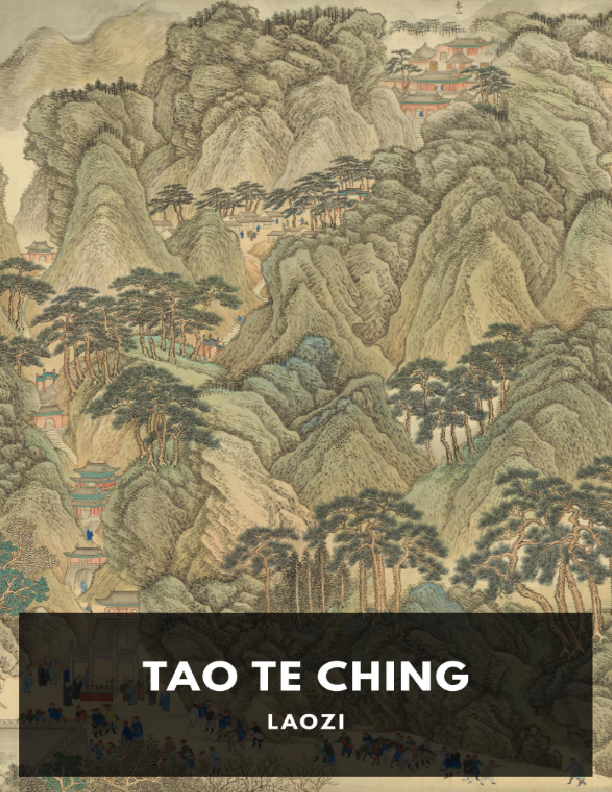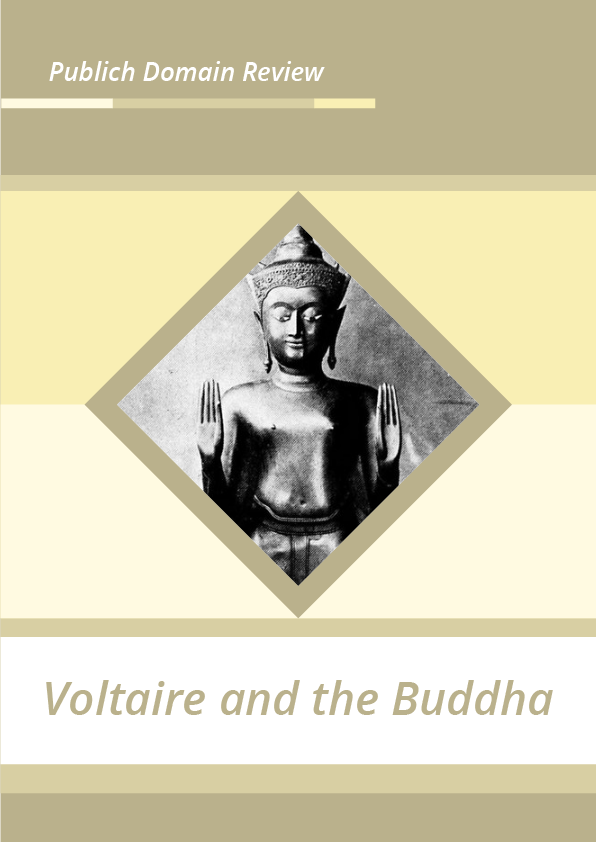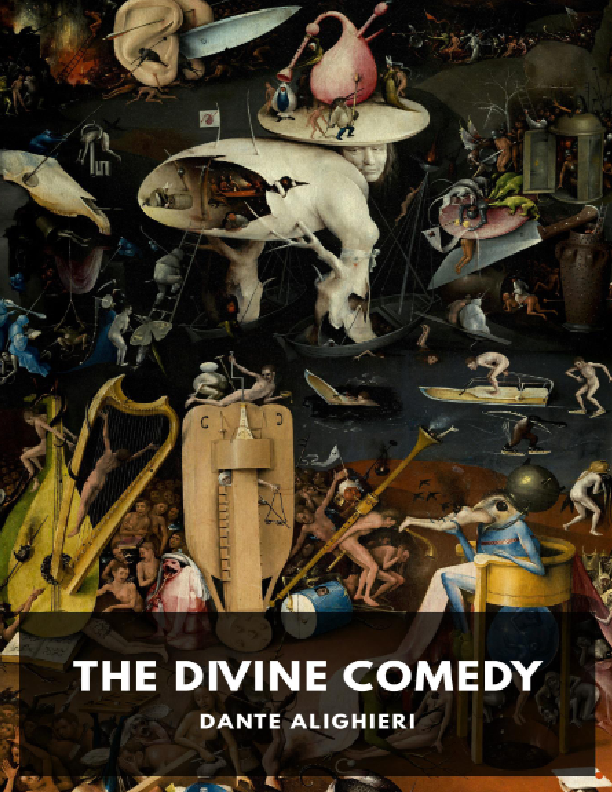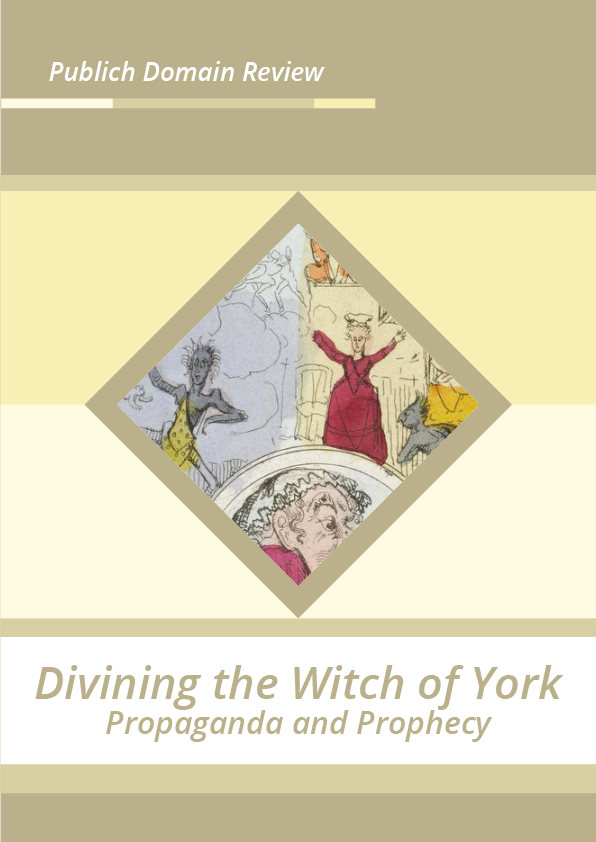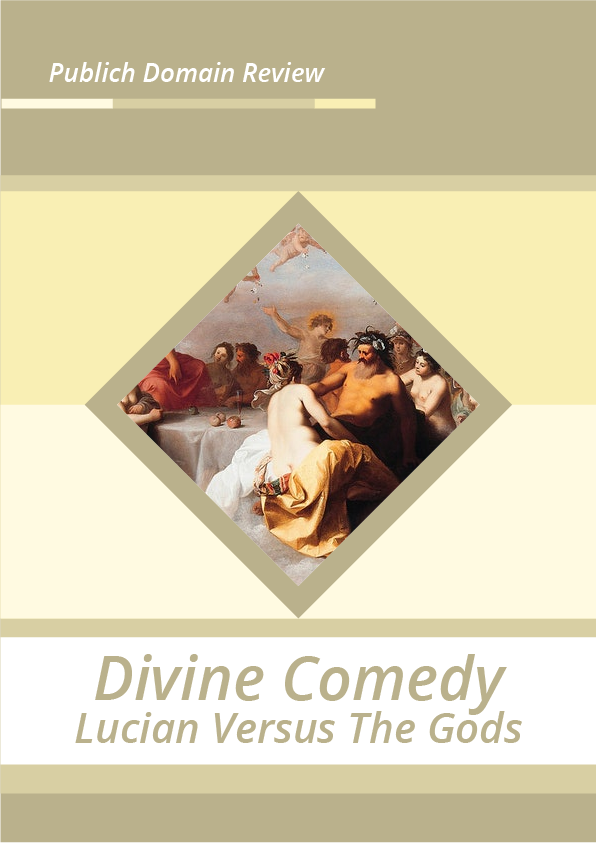The Japanese Fairy Tale Series
From gift-bestowing sparrows and peach-born heroes to goblin spiders and dancing phantom cats — in a series of beautifully illustrated books, the majority printed on an unusual cloth-like crepe paper, the publisher Takejiro Hasegawa introduced Japanese folk tales to the West. Christopher DeCou on how a pioneering cross-cultural endeavour gave rise to a magnificent chapter in the history of children’s publishing.
At the turn of the last century, the illustrated children’s books of the so-called “golden age” provided readers with many unforgettable images: think of John Tenniel’s blue-aproned Alice looking up at the sneaky grin of the Cheshire cat, or Walter Crane’s pink-dressed Belle falling in love with the boar-headed Beast. Such works are usually viewed as the exclusive realm of the great London and New York publishing houses. But on the other side of the globe, around the same time, Japan was opening its ports to the world, and in Tokyo the Kobunsha publishing company would put its own unique mark on illustrated books for children. Under the leadership of Takejiro Hasegawa, the Japanese Fairy Tale Series captured the imaginations of countless young readers with books that combined the work of western writers and translators with Japanese artists.
In twenty volumes, published between 1885 and 1922, the Fairy Tale series introduced traditional Japanese folk tales, first to readers of English and French, and later to readers of German, Spanish, Portuguese, Dutch, and Russian. The tales themselves have diverse sources. Little Peachling, the first book in the series, recounts the centuries-old story of Momotaro. One day by the river, an old married couple see a giant peach. They bring it home and upon opening it are shocked to discover a little boy inside. This, of course, is Momotaro, who is raised by the old couple but later leaves them, sets off on a string of adventures, and returns a local hero.
Other books in the series adapt stories rooted in Buddhist traditions. The Silly Jelly-Fish — which tells how the jellyfish, tricked by a monkey and punished by the Dragon King, comes to lose its shell — is taken from a story in which the clever monkey is a Bodhisattva, on the path to enlightenment.
The Boy Who Drew Cats — adapted for the series by Lafcadio Hearn — tells the tale of a daydreaming boy whose drawings of cats on a monastery wall magically rid the place of a goblin rat. In traditional versions, the boy goes on to become a pious monk. In Hearn’s, he goes on to become a famous artist.
Initially, Takejiro Hasegawa intended to market the Fairy Tale Series to the growing education industry in Meiji Japan. Hasegawa came from a merchant family who imported western textbooks, among other goods, and his parents sent him to English schools from an early age. This put him into contact with a number of foreigners living in Japan, such as the Carrothers — husband and wife Presbyterian missionaries who ran a private school at their home — and made him aware of the domestic demand for English-language textbooks. His plan was to produce new educational material which would not only be composed by talented writers and translators but also handsomely crafted by Japanese artisans.
